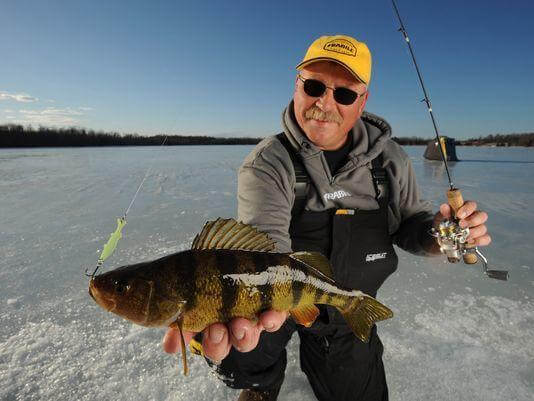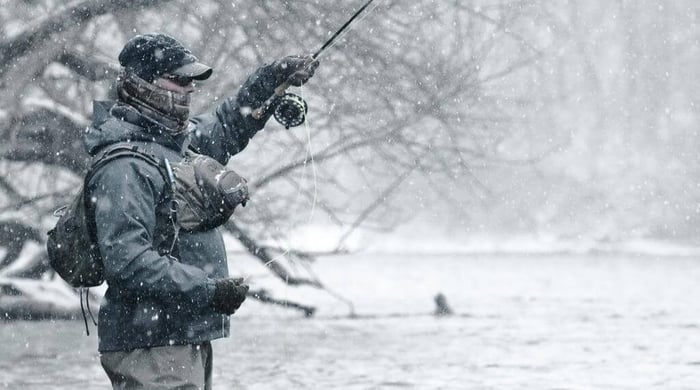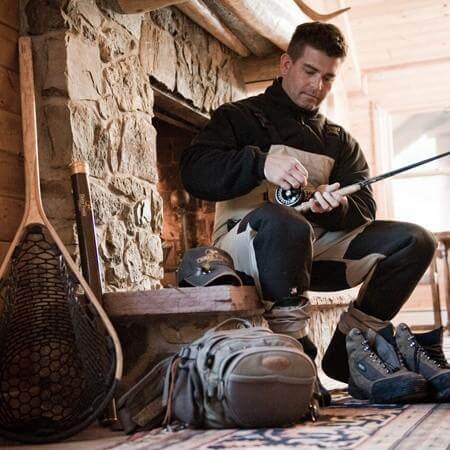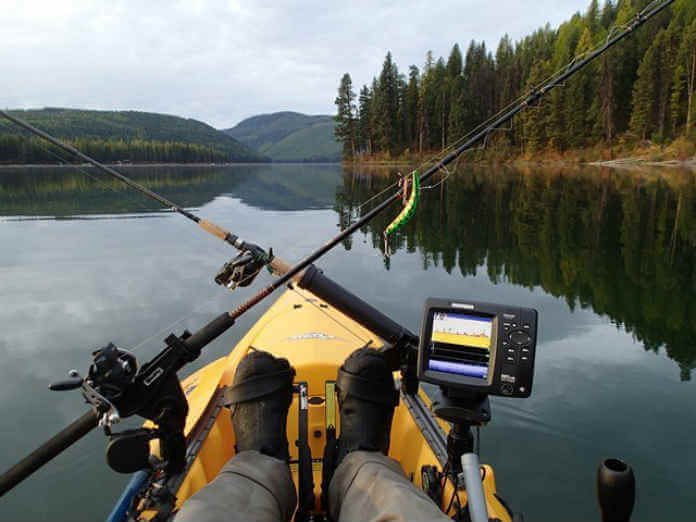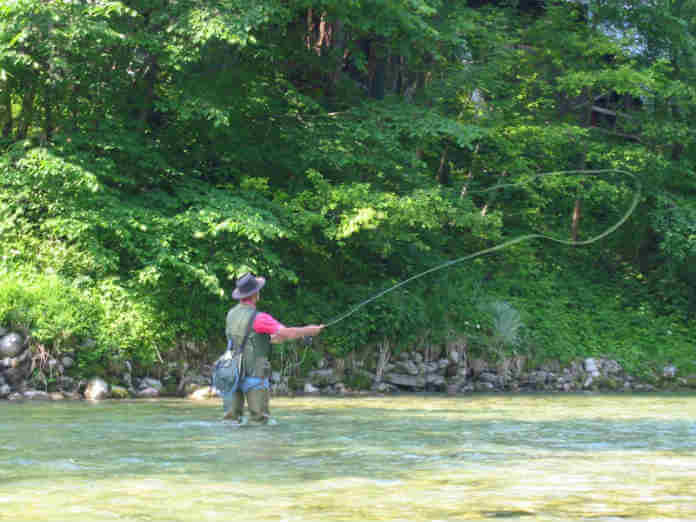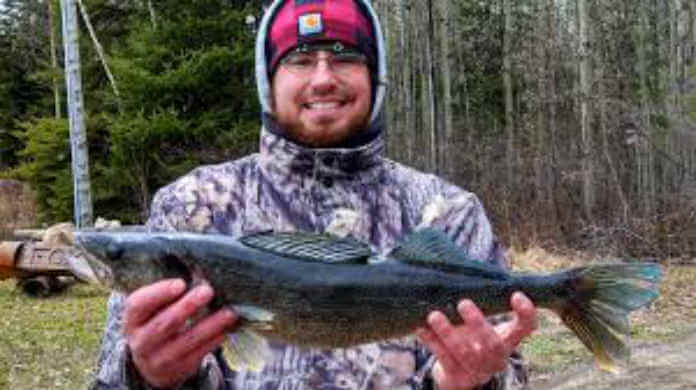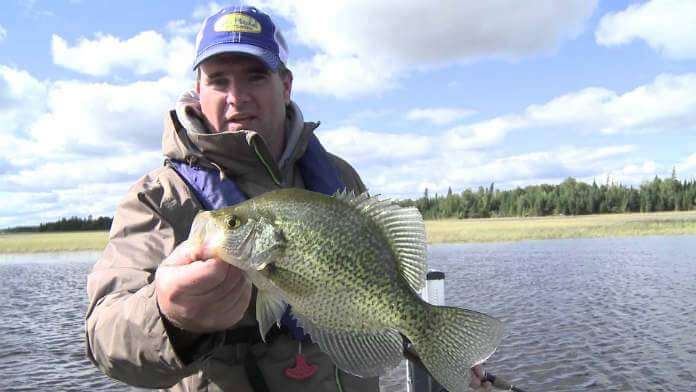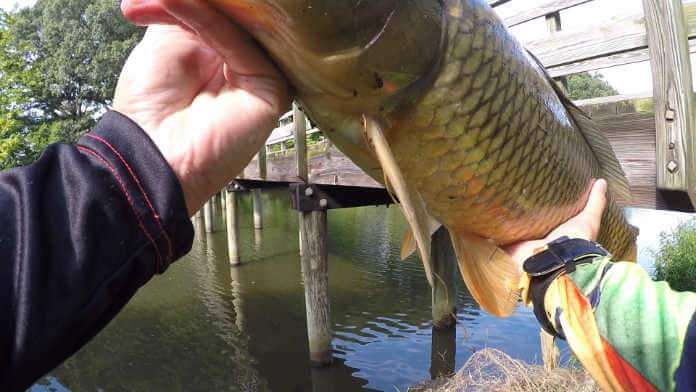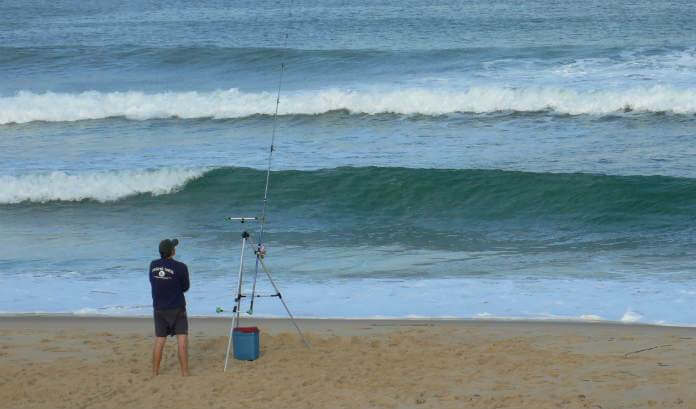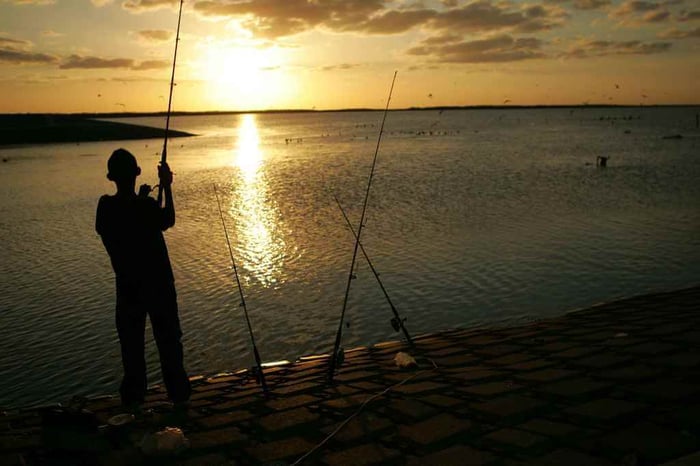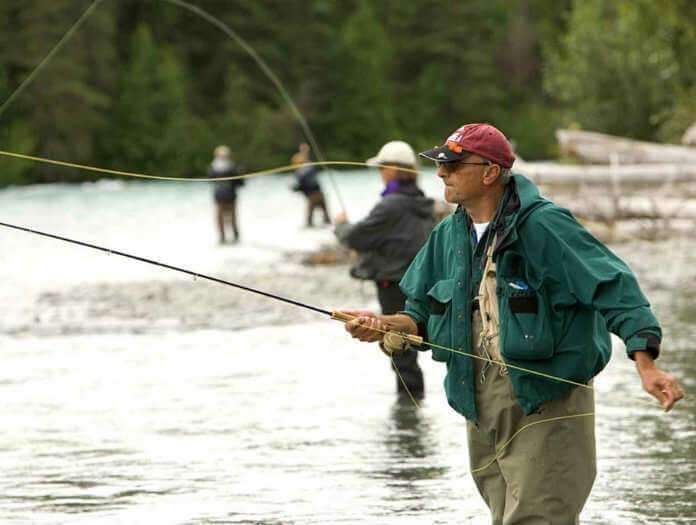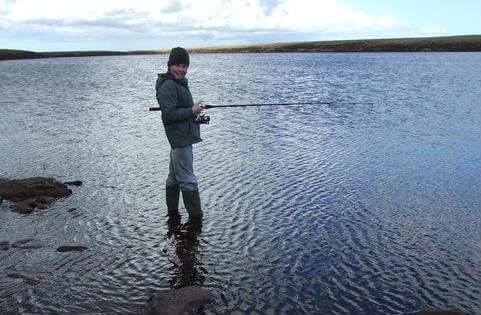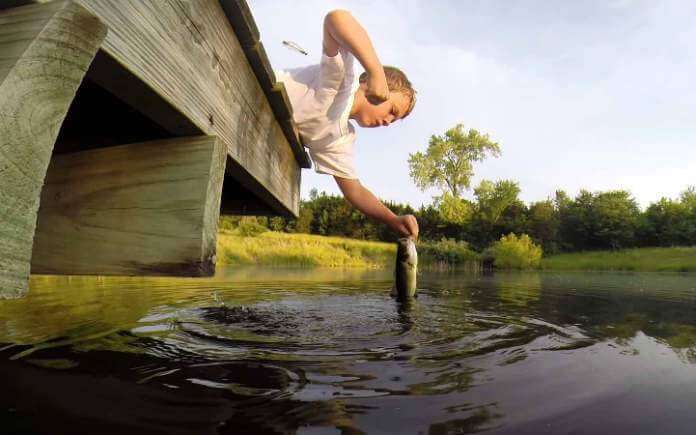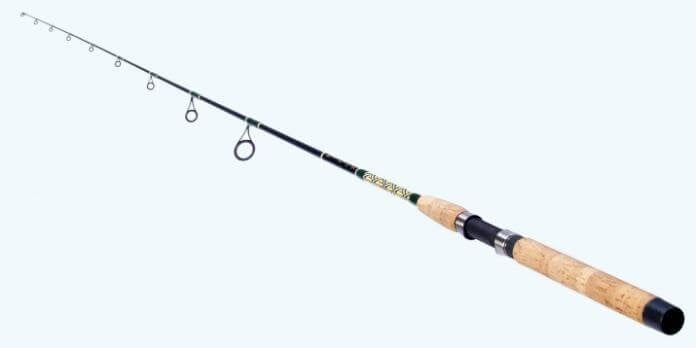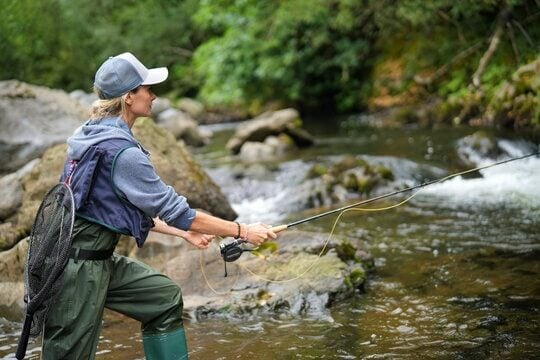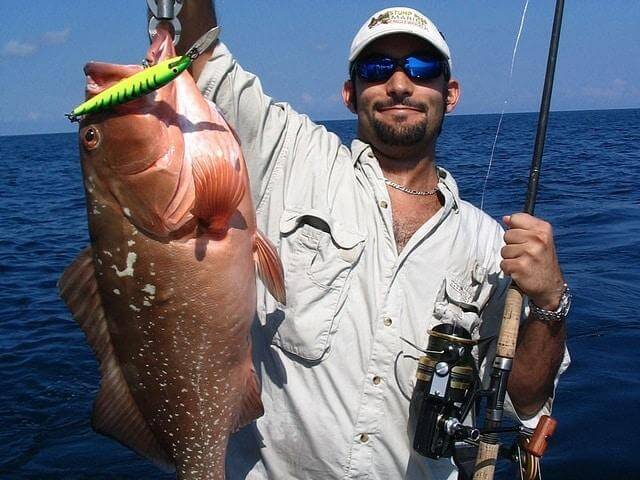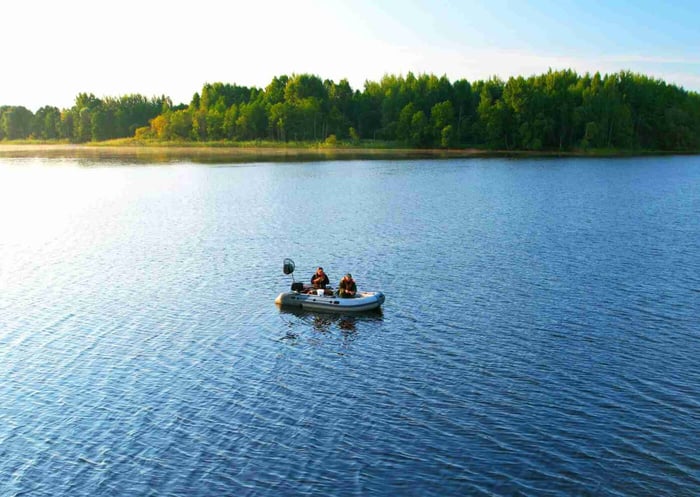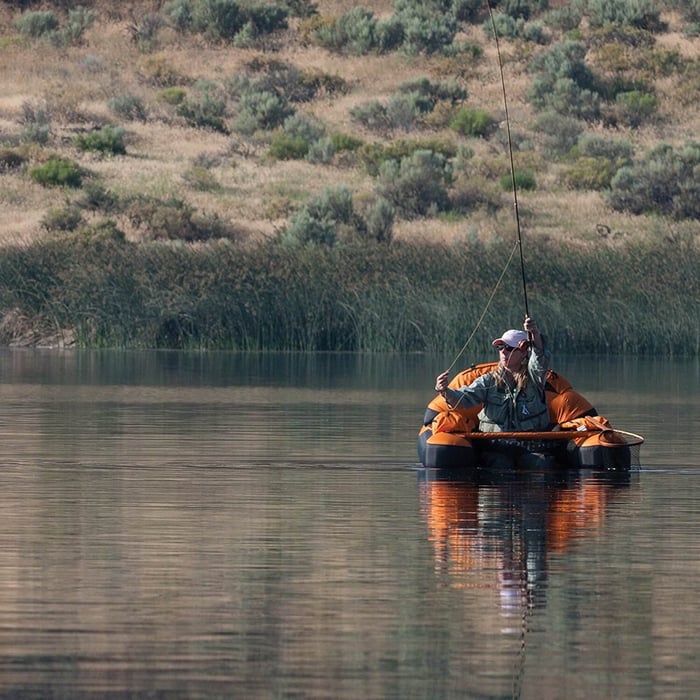The information in this article will give you everything you need to know about perch and perch fishing. Listed below are the top 5 practical tips when perch fishing. It will not matter if you are just starting to try fishing or if you have been fishing for more than a decade. Everything you need to know is found here in this article to make you an effective perch catcher, from the behavior of the perch fish down to practical tips when perch fishing.
WHAT IS A PERCH?
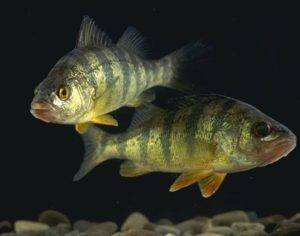
The perch is one of the most popular fish to catch because it is outstandingly easy to catch, a great activity for family outings, and has an impressively delicious taste. Furthermore, the name "perch" is used as a generic term for various species, including the yellow perch (Perca flavescens), the European perch (Perca fluviatilis), and the Balkhash perch (Perca schrenkii).
The Perch is characterized as yellowish, although its color may vary depending on its age and the clarity of the water. They are meat-eating freshwater fishes usually found in lakes, rivers, streams, and ponds.
They have two large dorsal fins; One fin is composed of a sharp spine-like structure that aligns. The other fin is shaped like a hill. Their body type is long and rounded. A proper perch can be identified by its distinct scales, which are rougher than those of other fish.
Perch can grow up to around 5 lb or even more! But, do not get your hopes up because a familiar perch usually weighs around 1 lb or less. Therefore, if you ever catch yourself a perch weighing around 2 lb or more, you've got yourself a trophy fish.
Significance of Perch
Perch has a significant impact on our culinary, recreational, and ecological factors.
In a culinary aspect, perch is very popular in any restaurant you may dine in, anywhere across the globe. They are considered to be one of the most famous and finest flavored pan-fish dishes. Given that, some restaurants commonly refer to most of their fish menus by the name 'perch', even though it is actually from a different, unrelated species.
Since perch are very common and well-found in any body of water, they become one of the most popular fish to catch during fishing sports. Due to their large numbers, they are also great for fishing during family outings and other recreational fishing activities.
Ecologically, perch fish are essential in maintaining the balance in the aquatic food chain. They consume zooplankton and, afterward, macroinvertebrate organisms during their early stages. Later on, they feed on smaller fish when they become a little bit larger. On that point, when they are meaty enough, they now become the prey of other larger fish predators and even various birds.
TOP 5 EFFECTIVE TIPS WHEN PERCH FISHING
1. Know WHERE to Go
Perch are meat-eaters. Thus, wherever insects are flying or small fish are swimming, that is a green light that some perch fish are in the perimeters. They are commonly found in small ponds, lakes, streams, or rivers.
Small ponds and lakes are generally the perfect locations to be angling for those perch. There are some cases wherein inconsistencies in their community placement are a huge issue. A key tip to keep in mind is to opt for larger bodies of water. It increases your chances of finding larger numbers of the fish population.
Schools of perch are commonly found at or near drop-offs between the littoral zone and deeper water. They prefer a setting that blocks out sunlight and has plenty of places to hide.
2. Know WHEN to Go
Another tip to be mindful of is knowing when to catch those perch. They do not depend on seasons. After all, they are playfully active throughout the year, making them excellent and perfect targets for anglers because they are always available.
There are seasons when they become increasingly hyper and hungry, and one of these is during the winter. However, due to the change in water temperature, they then submerge themselves in deeper waters. The best time to catch them is between late afternoon and early evening, when the light is halfway between daylight and darkness.
On other lakes, anglers tend to fish in waters that are 25 to 55 feet in depth. Better ready your deep-catching equipment. Ensure you have short jig poles and specialized spools to enjoy a wonderful perch-catching experience.
Another is that they commonly appear during springtime. And when I say pop up, I mean pop more. They have a high production rate, especially during the spring season. Female perch lay more than a handful of eggs in covered areas such as seaweeds or underwater plants. The best times to fish for perch are early morning and late evening.
3. Use the Perfect Bait

This type of fish feeds on smaller fish, shellfish, and the larvae of insects. The brighter side is that they are picky about what they eat, but, ironically, they can still be caught while using any bait.
Two types of bait can be used on your perch escapade: live baits and artificial baits.
Live Bait
Fishing for perch, its methods and tactics have changed over the past few years or even decades, but their passion for the food has not. One of the most commonly used baits is the soft shell or crayfish. This type of bait can be used at any time and in any location.
If softshells can not be found on the market yet, you can use minnows, although they work best in calm waters primarily. Another effective perch bait is nightcrawlers, although they are more commonly used in warmer waters.
Perch are fast swimmers, so another tip to follow is to make sure your bait does not move too much. To keep a close eye on any action happening.
Artificial Bait
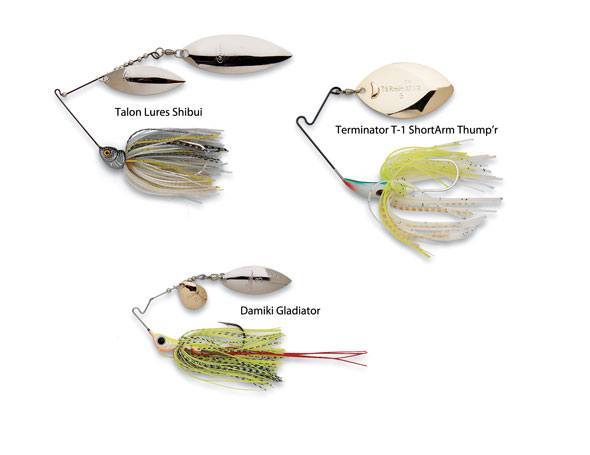
Artificial Lures, such as plugs, jigs, and spinners, are effective ways to attract perch. Lures in the color yellow or light yellow are found to attract perch more. But some also react to a variant of colors. So, color is not a big factor.
4. Plan your Tactics
The availability of perch anywhere and anytime is not enough to acquire enough confidence to catch yourself a ton of perch. You still need an effective game plan or approach to have a sure catch of this aquatic species.
Perch can be caught using several methods in different varieties. These include float fishing, lure fishing, and lingering. However, the two primary methods employed are Float Fishing and Lure Fishing.
Float Fishing

Float Fishing has been the most popular means of fishing ever since. Even professional anglers prefer this method, whether using live bait or just fishing alone. What happens is you cast the float in the waters and wait for the perch to bite. This technique works best with light tackle.
This method uses angling equipment called afloat, commonly known as a bobber. It serves several purposes: suspending the bait to an unreachable depth if using the bait alone, and it also serves as a visual attraction to the fish.
Afloat comes in different sizes and shapes, depending on your fishing situation. An angler will choose a float that is best for the situation, taking into account the size of the bait s/he are using, wind speed, and other factors.
When choosing your float, always consider whether you will be using a big or small bait and the current flow of the lake or body of water you will be fishing at. You can create your float using various materials, such as corks, plastics, balsa wood, or even quills.
Lure Fishing

This method of fishing uses an artificial bait called a Lure. The lure is designed to showcase vibrant colors, movement, and vibration that attract fish. Most lures are equipped with some hooks that give you a huge advantage when fishing.
Several factors should be considered when employing this type of fishing method. Some fish respond to a steady motion, while others are attracted to erratic movements. When catching your perch, you should opt to use a type of lure that does not give off many movements since they are fast swimmers.
Try to use natural-colored lures when fishing in clear waters as a top priority. Switch to more vibrant colored lures when fishing in thick, misty waters.
Be sure to sharpen your hooks before heading out for fishing. You want to catch a lot of perch and make sure your time is not wasted at all.
Ledgering
This one method of fishing is preferably used for deeper castings. You attach a weight to the line to help get your bait to the lake or river bed. It is not as simple as it sounds, though. There are several factors to consider when using this fishing method.
There are suitable tackles used in different types of locations, required equipment for specific fishing scenarios, and many more factors to cover to achieve successful ledgering.
They are Notorious Fish
Perch are known to be notorious bait thieves, so you have to make sure that it will be a particular lock when that fish comes your way. Use a small hook to prevent the perch from swimming away. When you attach your bait, keep it on the tip of your hook to increase your chances of a stable and steady hook whenever a perch tries to strike it. When a perch bites, reel it in slowly because you don’t want to pull the hook out of its mouth.
Most anglers will want to have a disgorger with them when fishing for perch using live bait. The typical battle with a perch is that they tend to let go of the hook without getting caught or even swallowing it.
A lot of anglers agree to the fact that perch are indeed a well-founded catch. Not to mention that there is a fishing hack to catch larger perch regularly. This species of fish is typically found at various depths. Half of the population tends to find food near the bottom of the food chain.
Therefore, a successful angler should be patient enough to go with the flow. Take the time to search for them in the deeper parts regularly. Position your bait starting at the bottom and move it slowly toward the surface to cover various depths.
5. Don’t Waste Time

One good thing about catching the perch is that catching one means catching a lot more. They swim in schools, so there are still more of them whenever you catch one. Hence, do not waste your time removing the fish and adding another bait.
Instead, save as much time as you can and reel one in again. You may need a cooler or stringer to hold your fish still, especially if you have multiple fish. This is to continue fishing after a catch. This is where your rigs come into the picture.
Additionally, they do not remain in one place for a prolonged period. They change location swiftly. That being said, you also need to increase your speed.
Given all these tips and incorporating your fishing skills with them, there is no doubt that you can catch a lot of perch, which might be enough for a month of consumption. Keep all these practical tips when perch fishing in mind to be a successful perch angler.
